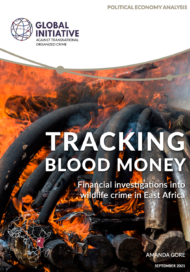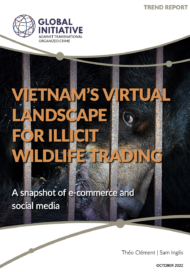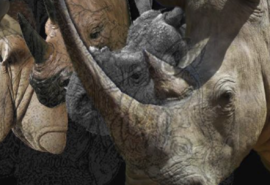Posted on 01 Sep 2021
Boniface Mathew Malyongo was allegedly one of the most prolific elephant poachers and ivory traffickers in the world, accused by some of controlling as many as 15 poaching gangs responsible for killing up to 10 000 elephants in five countries.
After being jailed for 12 years in 2018, Tanzania’s Court of Appeal quashed the conviction in 2020. Despite charging Malyongo with ‘leading organized crime’, as defined in Tanzania’s Economic and Organized Crime Control Act, investigators and prosecutors produced no hard evidence that he organized, directed, or financed a ‘criminal racket’, or reaped a profit from it.
The case and the vast sums involved could have been a chance to unravel the financial threads underpinning an alleged transnational syndicate, yet no financial investigation was ever done. A financial investigation often allows for assets linked to criminal activity to be identified and specific financial tools and techniques can then be applied to freeze, seize or recover the proceeds (and instrumentalities) of the crime (depending on the national legislation). On paper, these tools exist across many East African countries, yet their application is lacking.
The missed opportunities, perhaps evident in the Malyango case, are unfortunately common and reveal a glaring gap in the strategy to combat wildlife crime, and other crimes, that neglect to focus on offenders across the criminal supply chain.
However, despite financial investigations increasingly being relied upon to solve the complex problems associated with transnational organized crime and international wildlife-crime networks, tracking financial flows and money movements that facilitate these operations across international borders is still proving difficult for national authorities. This report examines the progress of selected East African nations (Kenya, Tanzania, and Uganda) in applying financial investigation tools to wildlife crime cases.




